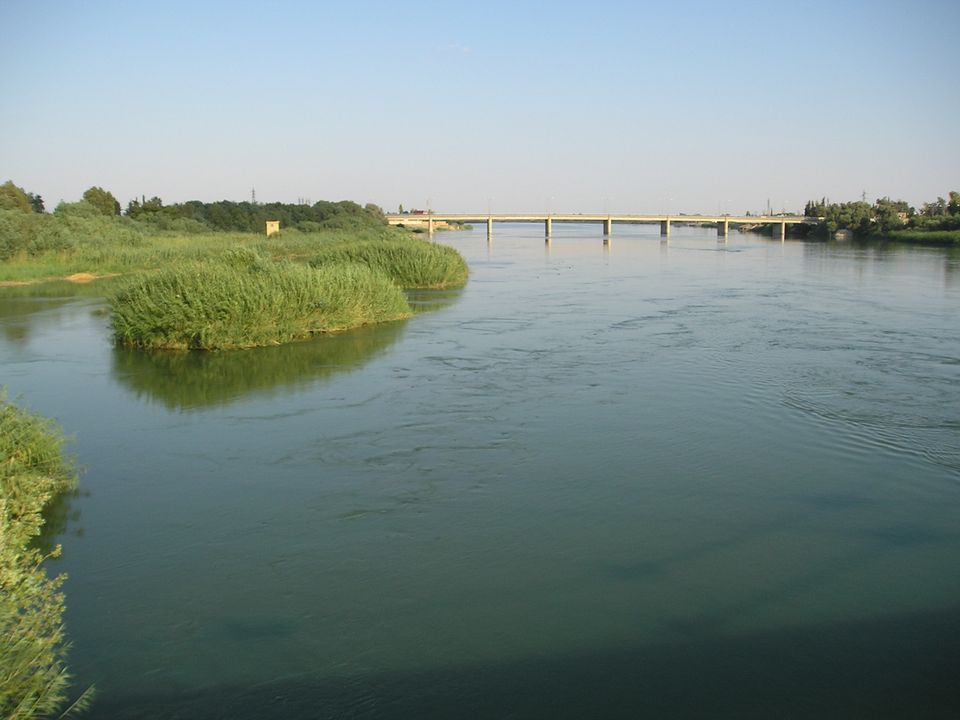
The Shallow and Deep Ends of Transitional Justice
At the outset of 2013, the SJAC commented on the need to keep up the momentum of transitional justice efforts in Syria. We wrote that “talking about transitional justice in the future is good, but it is the concrete efforts that Syrians are making today to document and disseminate information that will drive the success of transitional justice enterprises.” Now, six months on, it’s clear that such efforts are indeed progressing. Not only is the lip-service paid to transitional justice on the rise, but Syria is also witnessing the more meaningful establishment of organizations devoted to various aspects of transitional justice. These developments are worthy of recognition, but also invite a sober assessment of the work yet to be done.
A useful window into the current environment is an article by Amnesty International’s Kristyan Benedict, titled “Lessons in the Laws of War – A New Syrian Group takes on the Challenge.” The piece sheds light on a new organization, the Syrian Legal Development Programme, which was established to “promote the non-state armed groups’ understanding of the International Humanitarian Law through on-going training.” Benedict’s article is worth a read, not only for details on the still young SLDP, but for the context it provides on accountability efforts, obstacles, and opportunities for Syrian-led human rights work.
There’s no shortage of examples demonstrating the rise of transitional justice work. Several transitional justice offices, for instance, have been recently established by rebels and other local groups. The Hamza Brigade has established a new office of transitional justice in Tabqa, and the Sharia Court of Tel Abyad also has a transitional justice office, as does the Local Council of Deir Ezzoor. But many groups are having only limited success putting those principals into practice. Some offices, comments SJAC data analyst Husam AlKatlaby, do not always reflect sincere commitments to transitional justice so much as they serve as PR messaging aimed at domestic and external audiences.
In one sense, local transitional justice work is plagued by much the same paradox as many of Syria’s ad hoc courts— that those committed to justice don’t have power, while those in power are not committed to justice. Fighting groups that are known to commit executions, for instance, are unlikely to be seen as legitimate backers of rights-affirming transitional justice. Transitional justice also suffers from lack of coordination, a chasm between militarily powerful militias and politically active coalitions, and difficulties inherent in undertaking any project during a brutal conflict. And even when transitional justice initiatives do spring from admirable human rights agendas, the parties may not have a detailed grasp of best practices. Without a sincere commitment to, adequate knowledge about, and the power to influence transitional justice, these efforts face an uphill battle.
At the same time, the considerable obstacles make the growing transitional justice efforts in Syria all the more inspiring. The Center for Civil Society and Democracy in Syria (CCSDS) based in Qamishli, for instance, is an organization of Syrian activists in Syria and abroad offering training courses to Syrians, including one on transitional justice. The CCSDS’s longer-term transitional justice work includes workshops for the Women for the Future of Syria Project, which supports women’s participation. For its part, the SJAC continues to support training and education efforts as pragmatic steps to achieving real results on the ground. In August, an SJAC-led three-day workshop will educate Syrians on best practices for documenting torture cases. Syria is probably the best-documented conflict in history, and documentation remains an invaluable asset to transitional justice. (For a nuanced analysis of the documenting environment in Syria see the SJAC and PILPG’s report, “Mapping Accountability Efforts in Syria“).
Whether through shallow posturing or the deeper work of dedicated organizations, transitional justice is on the rise in Syria. While the former may yet be superficial, it means that groups perceive a need to display some commitment to transitional justice. This development should not be underestimated, as it represents positive pressure for accountability. Longer-term efforts should seek to raise transitional justice to a national debate, including integrating educational dimensions. This work would benefit from coordinated grassroots efforts, with local community leaders, including religious leaders, popular officials, and respected citizens helping to educate citizens while promoting a dialogue to determine the forms and content of transitional justice desired by Syrians.
Signup to receive the SJAC’s Weekly Updates here.
Follow us on Twitter at SJAC_info.